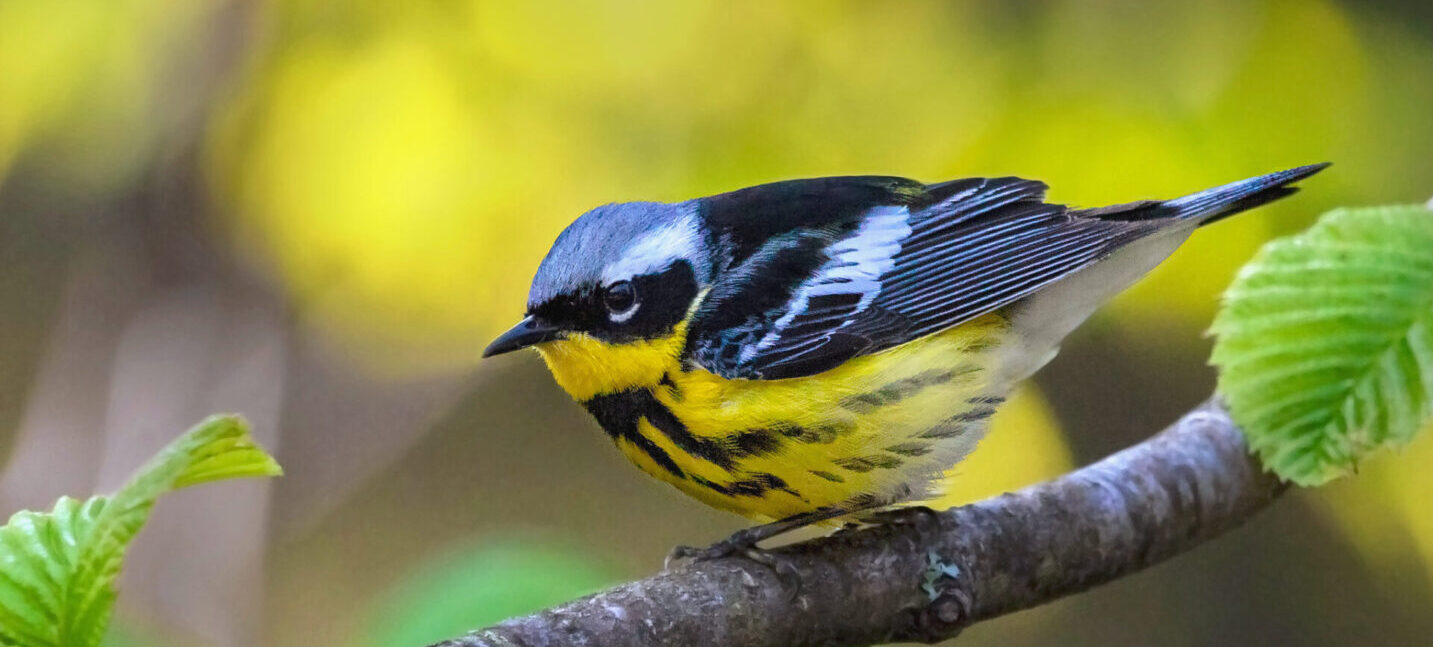
- This event has passed.
Birding Basics Class
April 12 @ 7:00 AM - 12:00 PM
$175
Instructor: Chip Darmstadt
A three-part course: April 12, May 3, and May 31
7 am – noon | $175 | Course size: 12 students max
Financial support available (contact us)
Register Here
Become a better birder! In this class, you’ll develop a breadth of knowledge and skills to better appreciate Vermont’s common and not-so-common birdlife. Identify species from sight and sound by scrutinizing field marks and decoding birdsong. Understand avian ecology and interpret behavior by exploring a wide range of habitats and natural communities. Whether you are a backyard birdwatcher ready to expand your knowledge, or a passionate naturalist seeking a fun new approach to field ornithology, this course is the perfect primer for better birding in Vermont. Instructed by NBNC Bird Ambassador Chip Darmstadt.
Class 1: Birding by Sight & Birding Resources
4/12 7 am– noon
Our first class focuses on techniques for field identification by sight and other clues. As we welcome early spring migratory songbirds back to the Green Mountains, we’ll decipher how to use field marks, flight pattern, behavior, and habitat as clues to identification. We’ll also explore different resources available for birders to learn and practice species identification. A short primer on optics will help us better understand and use our birding optics.
Class 2: Birding by Ear
5/3 7 am – noon
Our second class will focus on birding by ear. Many birders hear a bird before they see it and learning to identify birds by their songs and calls adds an enjoyable and useful layer to this lifelong hobby. We’ll also explore the many resources available to aid us in learning the language of birds.
Class 3: Ecology, Behavior & Life History
5/31 7 am – noon
Our last class will bring us to a variety of habitats across Central Vermont to meet a wide cross-section of local avifauna. We’ll explore wetlands, fields, forests, and lakes to see how various species overcome the challenges presented by different ecosystems. We’ll investigate the diets, foraging ecology, and predator-prey relationships of resident birds while we enjoy the species using our local natural areas as migratory stopovers.
Image: Magnolia Warbler by Tyler Pockette

